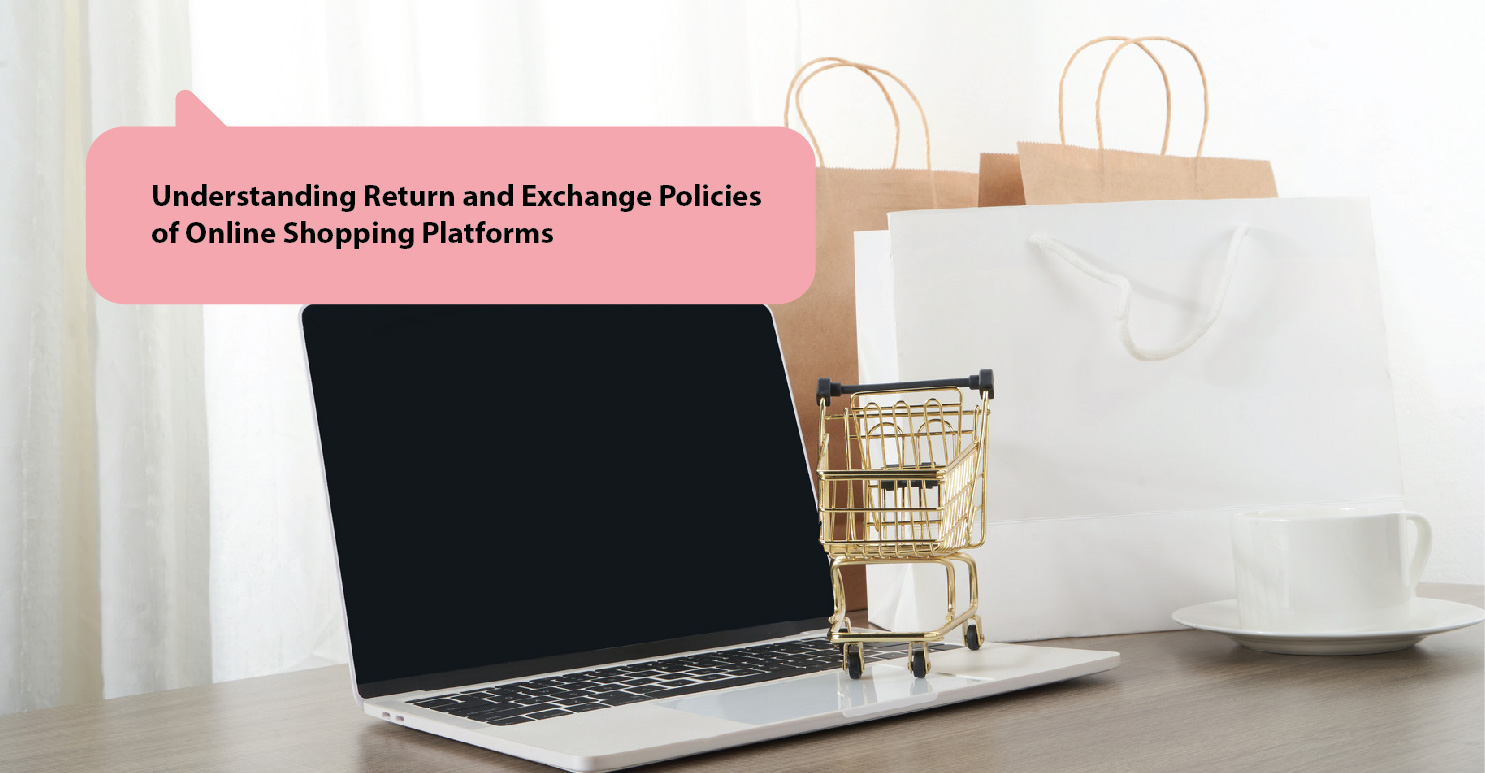Subscription services have become a huge part of our lives, delivering everything from streaming content to personalized meal plans. While monthly and annual subscriptions remain popular, there’s a growing trend toward daily subscription packages. These packages allow consumers to pay for a service on a day-to-day basis, offering flexibility and affordability across a range of services—from fitness and entertainment to meals and transportation.
1. Flexibility and Convenience
One of the biggest draws of daily subscription packages is flexibility. For many, committing to a monthly subscription for services like a gym membership or a meal plan can feel restrictive. With a daily subscription, consumers have the freedom to pay only for the days they use, making it ideal for those with unpredictable schedules.
For example:
- Gyms and Fitness Classes: Some fitness centers now offer day passes or digital access to classes, allowing subscribers to pay only for the days they work out. This setup benefits individuals who travel frequently or have varying schedules that make monthly memberships less practical.
- On-Demand Streaming: Certain streaming platforms now offer a “pay-per-day” model for people who only want access to shows or movies on certain days. This option is perfect for occasional viewers who may not watch regularly enough to justify a monthly fee.
2. Affordability
Daily subscription services can also be more affordable. Although the cost per day may be higher than a monthly rate, for users who only need occasional access, the savings can add up significantly. For instance:
- Meal Kits: Daily meal subscription kits, such as single-day or “skip-the-month” options, let users order just the meals they need, preventing waste and lowering costs.
- E-bike or E-scooter Rentals: In cities, daily subscription packages for electric bikes and scooters make eco-friendly commuting accessible without the commitment of a yearly membership. Platforms like Lime and Bird have launched flexible payment options that make transportation affordable for single-day use.
3. Personalized Experiences
Daily subscription packages can offer a highly personalized experience, letting users “customize” their day without a long-term commitment. Personalization is crucial for companies seeking to differentiate themselves in a crowded market, and daily packages allow them to cater to consumers’ unique needs.
For example:
- Meditation and Wellness Apps: Some meditation apps offer daily subscriptions so users can pay only for the days they meditate. This model appeals to those exploring mindfulness and wellness on a flexible basis.
- Professional Development and Online Learning: Many platforms now offer day-by-day access to their libraries of courses. This structure is ideal for professionals who need quick upskilling or learning for a specific project.
4. Sustainable Consumption
In today’s eco-conscious society, daily subscriptions can encourage mindful consumption. Instead of committing to a product or service long-term, daily subscriptions enable users to “try before they buy” on a larger scale, leading to less waste and a more conscious approach to spending.
For instance:
- Clothing and Fashion Rentals: Companies like Rent the Runway now offer daily rentals, allowing customers to wear an outfit for a single day or occasion. This reduces clothing waste and appeals to customers who want to stay stylish without a closet full of clothes they rarely wear.
5. An Expanding Market
As more businesses adopt the daily subscription model, we’re likely to see it expand across various industries. Some of the most promising sectors include hospitality, where travelers can pay only for the days they access certain amenities, and education, with single-day access to academic resources or library systems.
Conclusion
Daily subscription packages represent an exciting new frontier in the subscription economy, providing consumers with the convenience, flexibility, and sustainability they crave. Whether it’s access to fitness classes, streaming, meals, or professional resources, daily subscriptions allow for a personalized experience that can meet the demands of our fast-paced world. As companies explore this model, we can expect an even wider array of options designed to fit seamlessly into everyday life.
By allowing consumers to pay for only what they need, when they need it, daily subscription packages show that sometimes less really is more.









